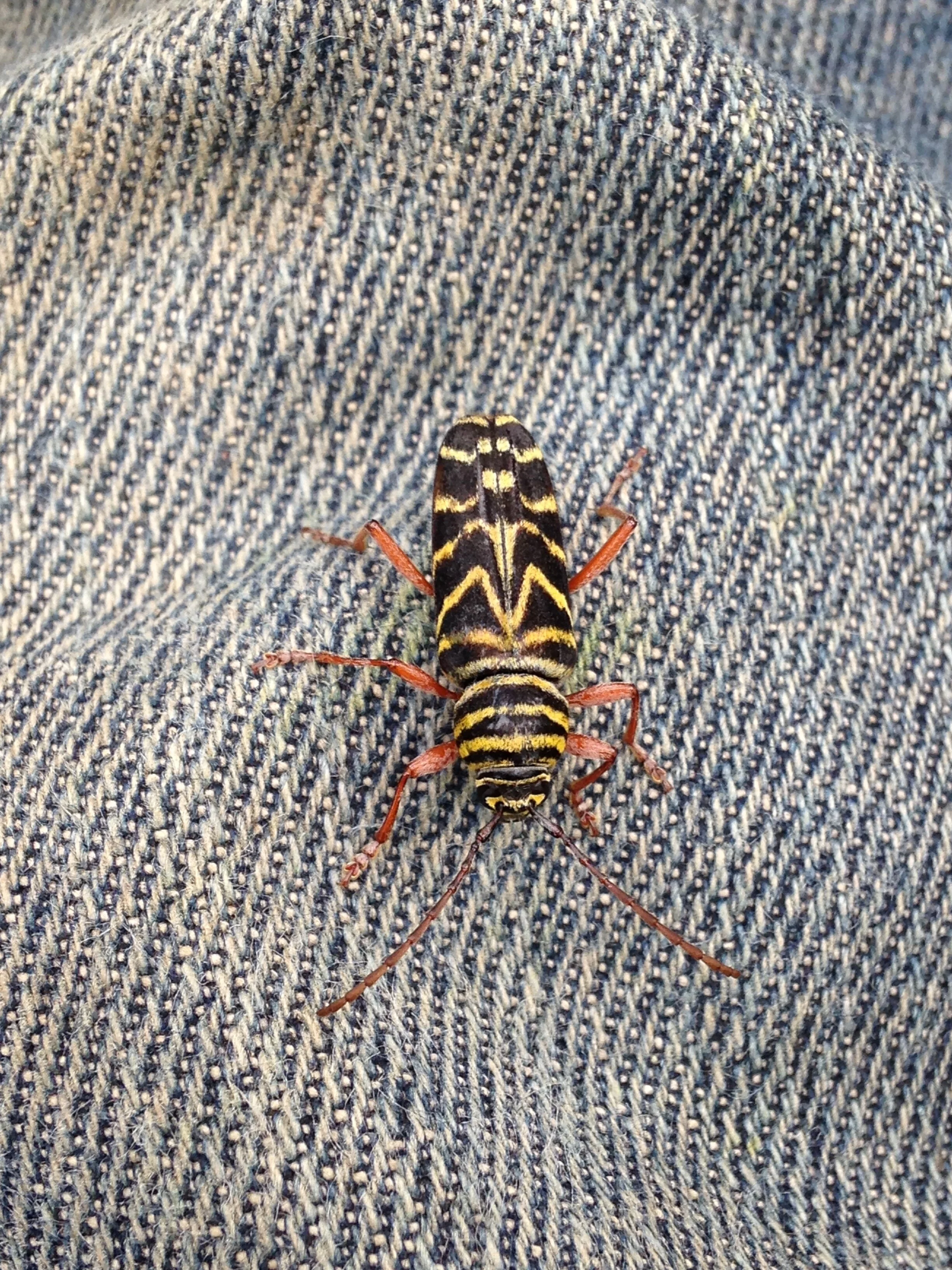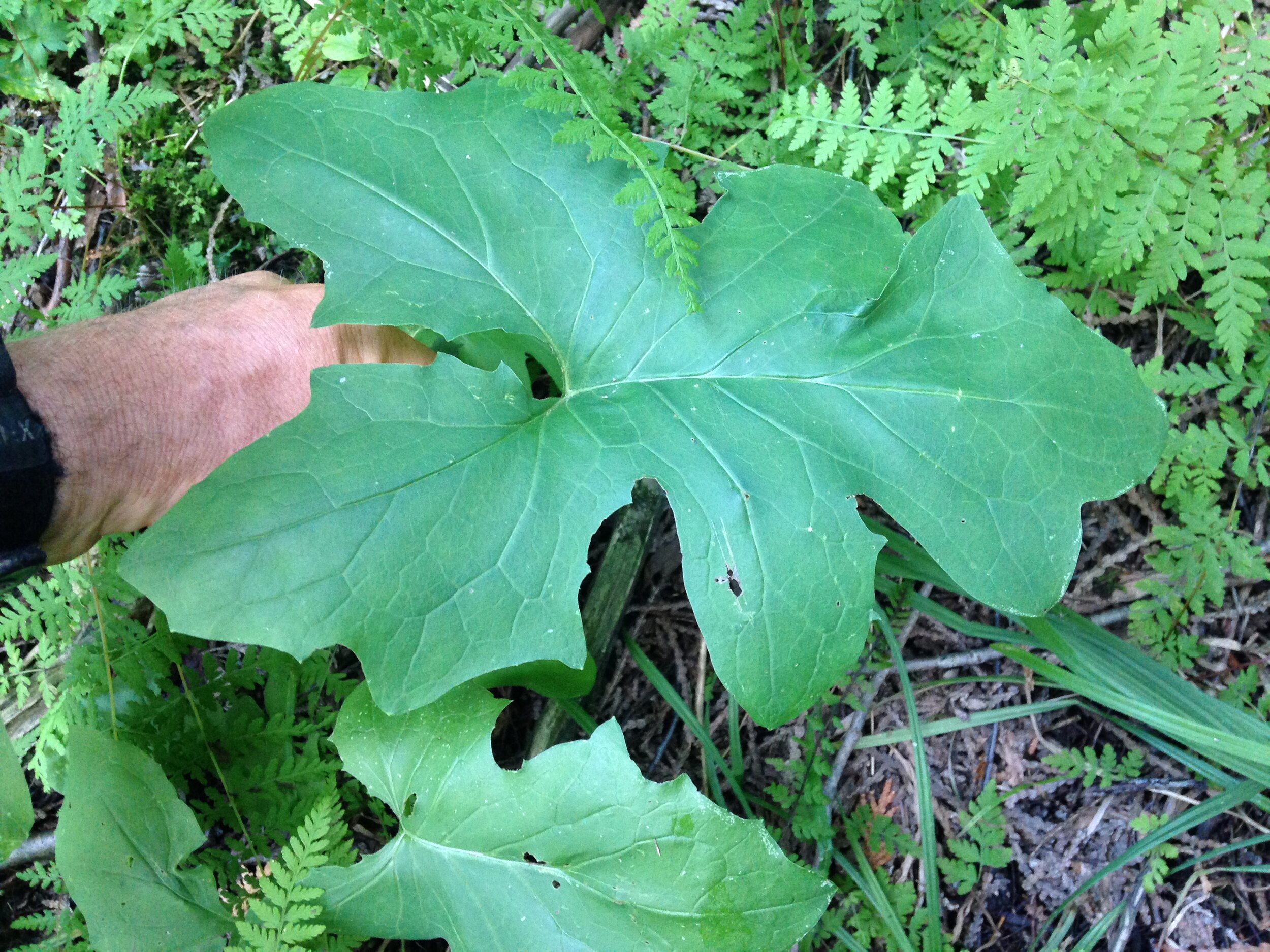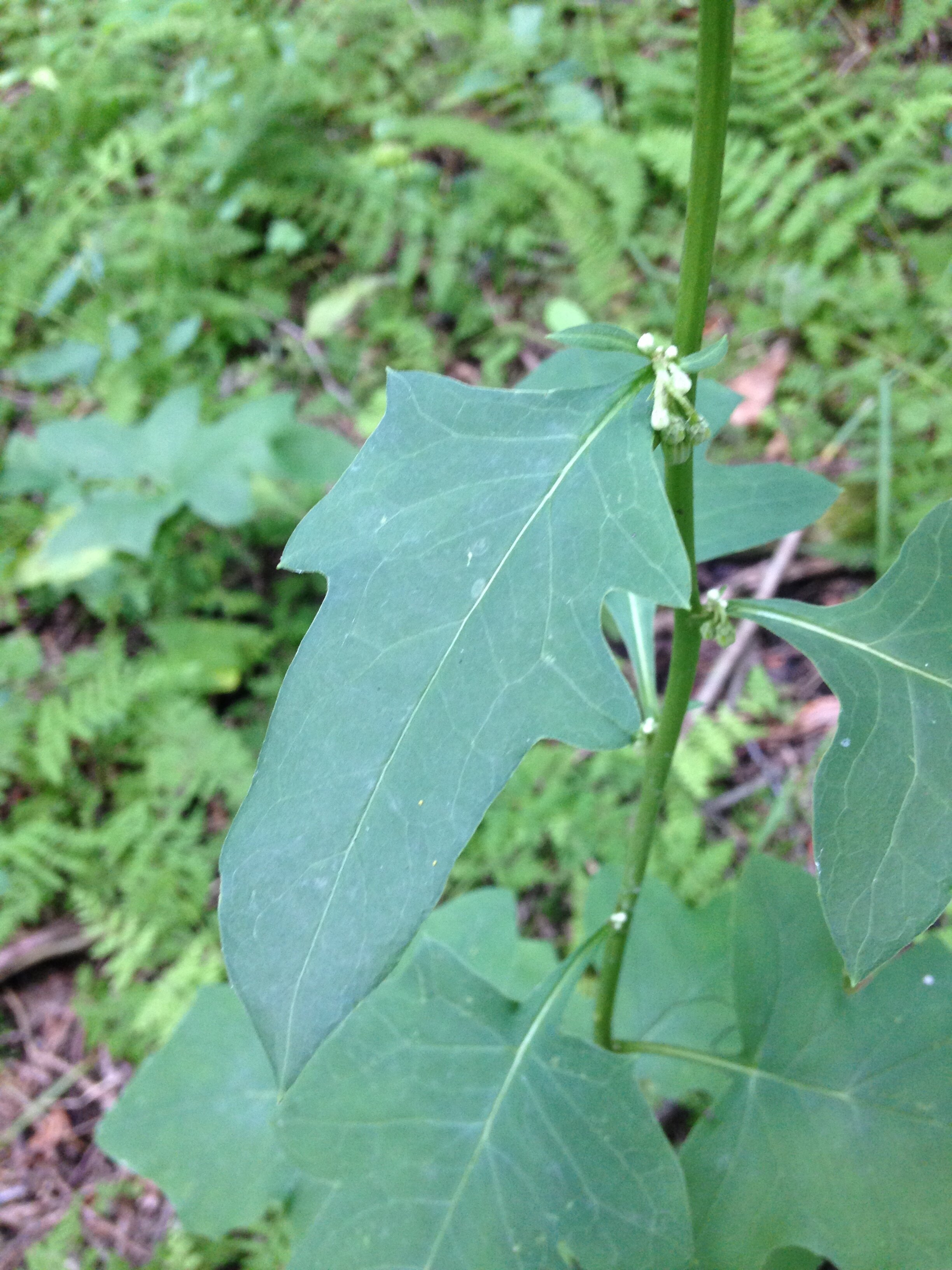Who are you?
I wanted to make a post of some of the assorted lifeforms I have been finding while out on the land. Part of the process of learning the land is to know that we don’t know much. I know those with longer standing relationships, more profound training and mentors may have considerable more knowledge and experience, but we all start somewhere and I’m trying to learn all I can.
I use the pronoun “who” instead of “what” because I want to honour the life that I encounter, and I think reducing our perspectives to only humans being worth the embodied, ensouled, personhood of the “who” really minimizes the diverse life which we are in relationship with on earth, and possibly beyond. By knowing the beings we meet as “who”, as individuals with characteristics and qualities, as having purpose and value beyond human considerations we can get on to the important next steps of treating those beings as worthy of respect, protection, and autonomy. Can we imagine a fish as having rights? Can a flower be held with the same care and consideration as you might your pet dog? Can we remember that all beings are important and make up communities and relationships regardless of if we see economic potentials or harms? I hope to learn to do this more by getting to know these animals, plants, fungi and processes, building my own intimacies and sharing what I learn with my own communities and relations.
Dead White Sucker (Camostomus commersonii) found in the Eramosa River between Stone rd & Cooks Mill, on Oct 1, 2020.
White Sucker (Catostomus commersonii) found in the Eramosa River, upstream and around the corner from Stone rd. Found by a student of mine. About 40 cm long, which, according to The ROM Field Guide to Freshwater Fishes of Ontario is the provincial average. White Suckers are widespread and abundant, tolerant of varied levels of pollution in the river, though the Eramosa is known for being quite clean compared to most other Southern Ontario rivers.
The White Suckers, bottom feeders, tend to go for aquatic insects, crustaceans, mollusks, other assorted inverts and some plants. They may even feed on other fishes eggs. Prefers cool water, though may be found in a wide range of habitats.
I have not seen this bub before in the river, or at least I don’t think I have. As a minnow they are silvery with three dark spots along their flanks, so I will have to look for that in the future. Perhaps even the next time I am in the river, as the White Suckers spawn in the spring, the minnows must be a good size by now? Is that how fish work?
Species with a long history or wide distribution often have many common names as different folks develop many reference points. These nicknames indicate that relationship. The White Sucker is also known as Bay Fish, Brook Sucker, Common Sucker, and Mullet, though Mullet is used is a common name used for many fish species. The Ojibwe name for the White Sucker is Namebin.
Locust Borer (Megacyllene robiniae)
This Locust Borer (Megacyllene robiniae) was found on the shoulder of one of my students while we were out in a field which mostly White Spruces (Picea glauca) and White Pines (Pinus strobus) but thinking back to it, there are also some smaller Black Locusts (Robinia pseudoacacia) around as well. This borer doesn’t seem to affect Honey Locust (Gleditsia triacanthos) trees but can do some damage, and possibly kill young or damaged Black Locusts. The newly hatched larvae burrow into the sapwood of the tree and then as they grow eat their way in towards the heartwood of the tree, not only making the branches and trunk of the tree structurally weaker due to the large hollows or galleries left behind the munching Borer, but also damaging vital nutrient pathways for the tree. Look for yellowish sawdust looking materials on Locust Tress for sign of the Borer.
The larvae then pupate within the galleries and adults emerge a couple weeks later. When those adults emerge, they leave large holes along the trunk of the tree creating wounds in the tree for pathogenic bacteria and fungi to enter and infect the tree. The adults then go on to eat pollen from Goldenrod (Solidago sp.), hence seeing them out and about in the field with lots of Goldenrod around. The females then return to the Locust trees and lay their eggs on the bark, and when those eggs hatch, it all begins again.
Two of the top predators of Locust Borers are Downy Woodpeckers (Dryobates pubescens) and the Hairy Woodpecker (Leuconotopicus villosus) who have been known to find and feed on up to 30% of a population of Borers. Another predator is the Wheelbug () who uses piercing-sucking mouthparts to stab the Borer, inject it with a paralyzing, liquifying salivary fluids which dissolve the soft tissues of the Borer, and then sucks out all the tasty gooey innards. METAL!!
When I first noticed the Locust Borer and took the photo I thought they looked familiar and I checked out a pamphlet put out by Canadian Food Inspection Agency on Exotic Forest Insects, and there was a very similar lookalike in the book (Plagionotus arcuatus), but the lookalike was missing the W-shaped third stripe on the elytra (modified hardened fore wing found on Beetles which often act as covers of the hind wings) of which the Locust Borer always displays.
Spurge Hawk Moth (Hyles euphorbiae)
Introduced from Europe to control the non-native Leafy Spurge (Euphorbia virgata), the Spurge Hawk Moth (Hyles euphorbiae) has now established themselves in Ontario. Found often near roadsides or “waste places” (I am still uncertain as to what that means) the Spurge Hawk Moth Caterpillar will go where the Spurge grows. The photo above was taken the bottom of a graded embankment of a roadside.
Two distinct white dots on either side of the dorsal line are key i.d. features for this Caterpillar. Earliest instars of the Caterpillar are almost entirely green, and over time the instars are more colourful and eventually turn black and red, though the younger ones are real lookers as well.
Earlier instar of the Spurge Hawk Moth (Hyles euphorbiae)
Tall Rattlesnake Root (Nabalus altissimus), by Eramosa River, Aug. 7, 2020
It took a couple of visits to get to see the flower on this plant, and it took the flower and a beat up worn down copy of Newcomb’s Wildflower Guide to really key it out as a Tall Rattlesnake Root (Nabalus altissimus). Newcomb’s uses another common name, Tall White Lettuce, and an older scientific name, Prenanthes altissima. How do I know it is the same plant, even when Newcomb’s offers me two different names? I started with the names I got from the book and referred through my other books and found more matching images and descriptions. I then looked it up online, just to confirm again, but it turns out the name changed, as happens every so often, even in the world of binomial nomenclature (two naming system of scientific classification… I’ll do a blog post on it soon).
Newcomb’s describes these Tall Rattlesnake Root plants as having greenish white flower heads of around 1/2” (12.7 mm) long, usually nodding, with protruding style (stalk of the pistil, connecting the ovary and the stigma). Leaves are described as being very variable - this seems to be very true. Check out the slide show below to see the variation in the leaves, starting from the largest basal leaves and then working our way up the stalk.
The native Tall Rattlesnake Root lives in moist shady forests, as this one was found, across the Eastern half of the continent, except Newfoundland and Florida.
A few writers have said that the origin of the name comes from understanding that the Iroquois used a poultice of this plant’s root to treat Rattlesnake bites. The meaning of the species name “altissimus” is “tall”.
The Nabalus altissimus stands out for me mostly because of the leaves and how large and variable they are but now that I have paid a little more attention to the flower, there is a bit more interest and familiarity, more curiosity and desire to know deeper. Thank you Tall Rattlesnake Root!
Nabalus altissimus flower









